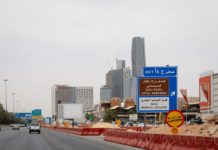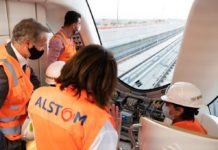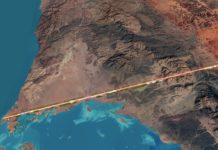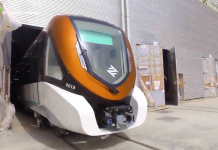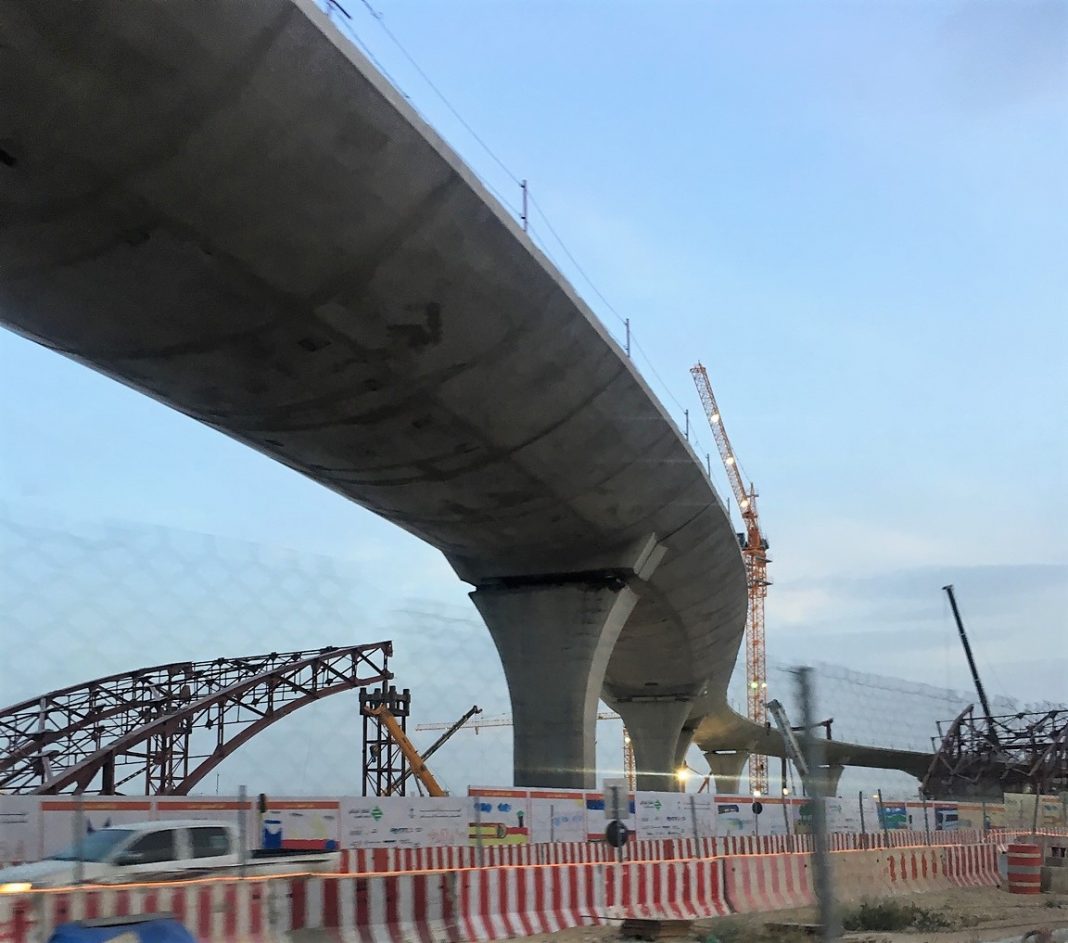The Saudi capital is making rapid progress with its $US 23bn project to build six metro lines by the end of the decade, with construction reaching 50% completion in early 2017.
Keith Barrow looks at this mammoth project and its potential impact on this rapidly-growing city.
Over following decades the city continued to expand rapidly, with population growth averaging 8.2% between 1974 and 1992. Riyadh’s population rose from 5.4 million in 2010 to 6.5 million in 2016 and is projected to reach 8.3 million in 2030 – the equivalent of 26 new residents per hour.
The High Commission for the Development of Arriyadh has acknowledged that congestion, pollution, and reduced mobility will constrain economic growth unless it takes radical steps to reorganise the transport network and develop a system that works for a much larger city. By 2030, the number of daily car trips is projected to double from 7.4 million to 15 million and the number of hours spent on the city’s roads will climb from 2 million to 4.7 million as the average speed of a journey plummets from 45km/h to 18km/h.
The road network is expanding to meet the challenge of a rising population, with more than 1500km of new roads planned by 2030, but in itself this will not be sufficient to prevent gridlock. The solution is to build a sustainable, attractive, world-class public transport network – and build it quickly. More info
Written by Keith Barrow Source: railjournal.com

